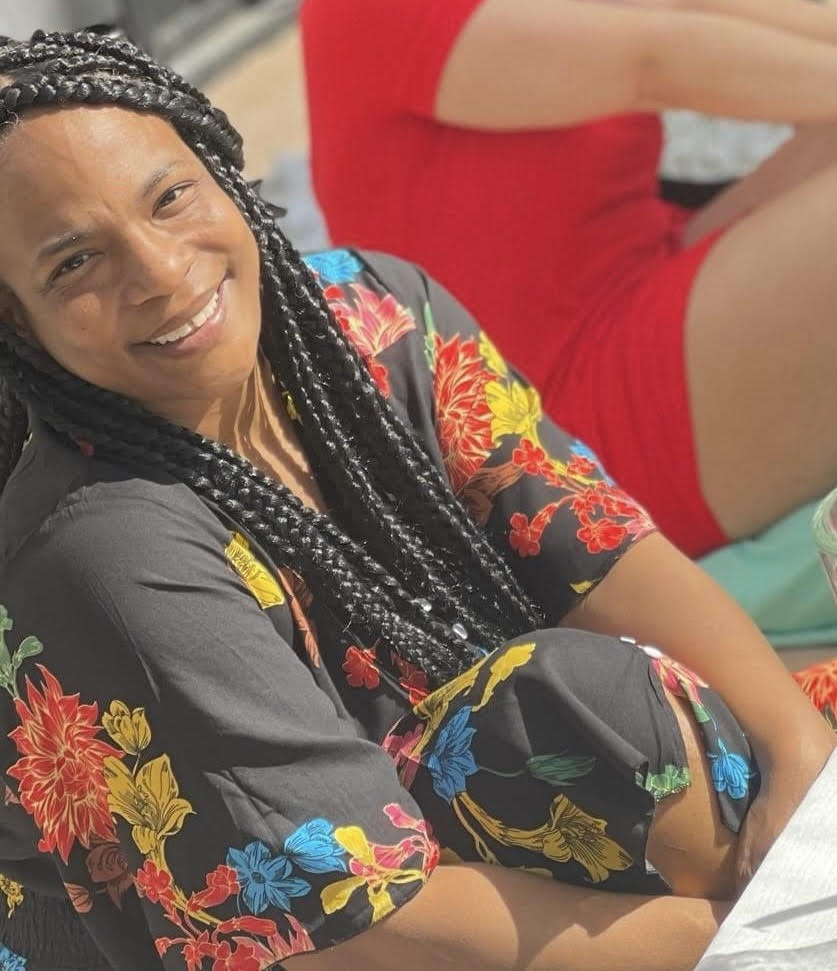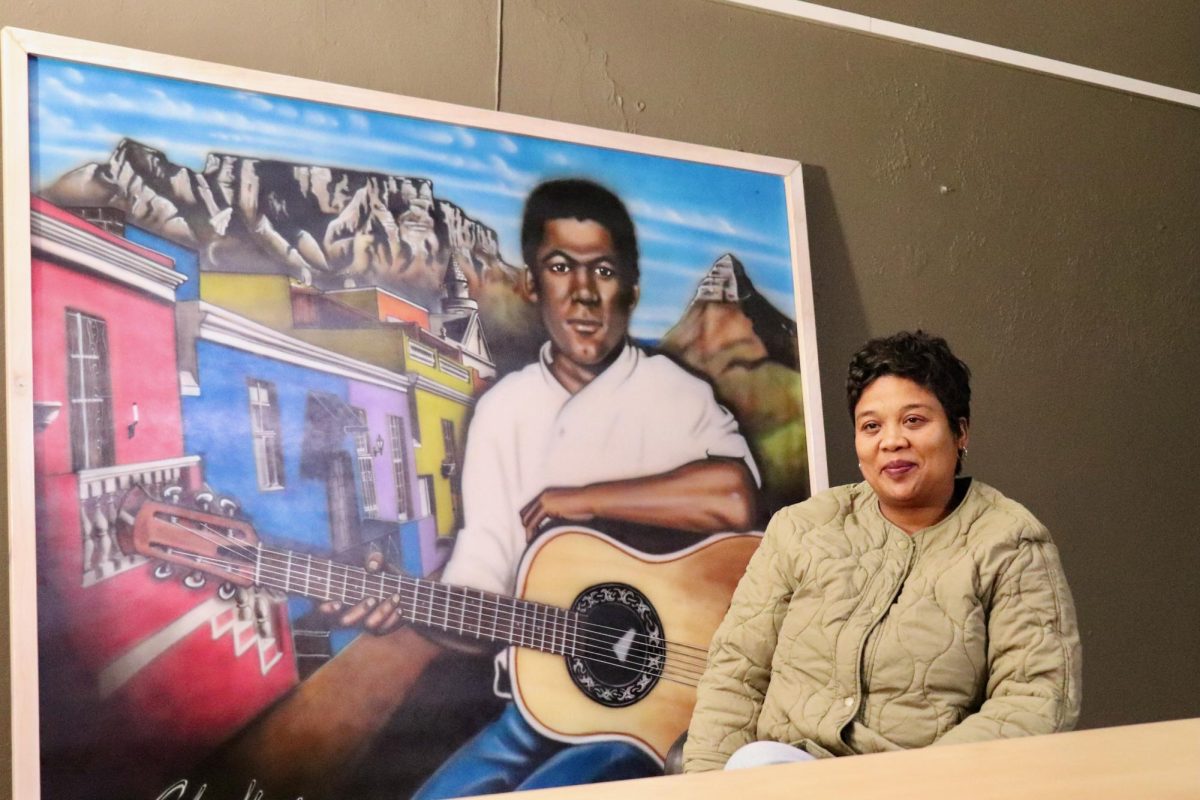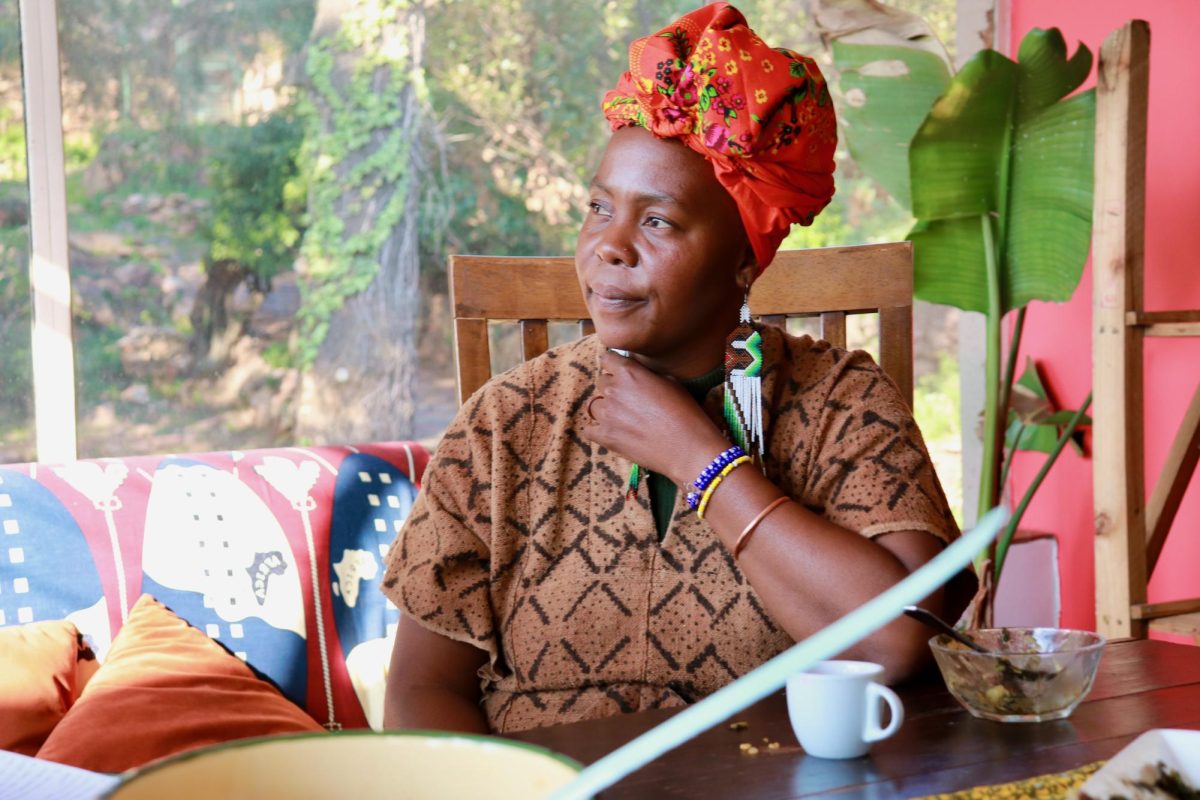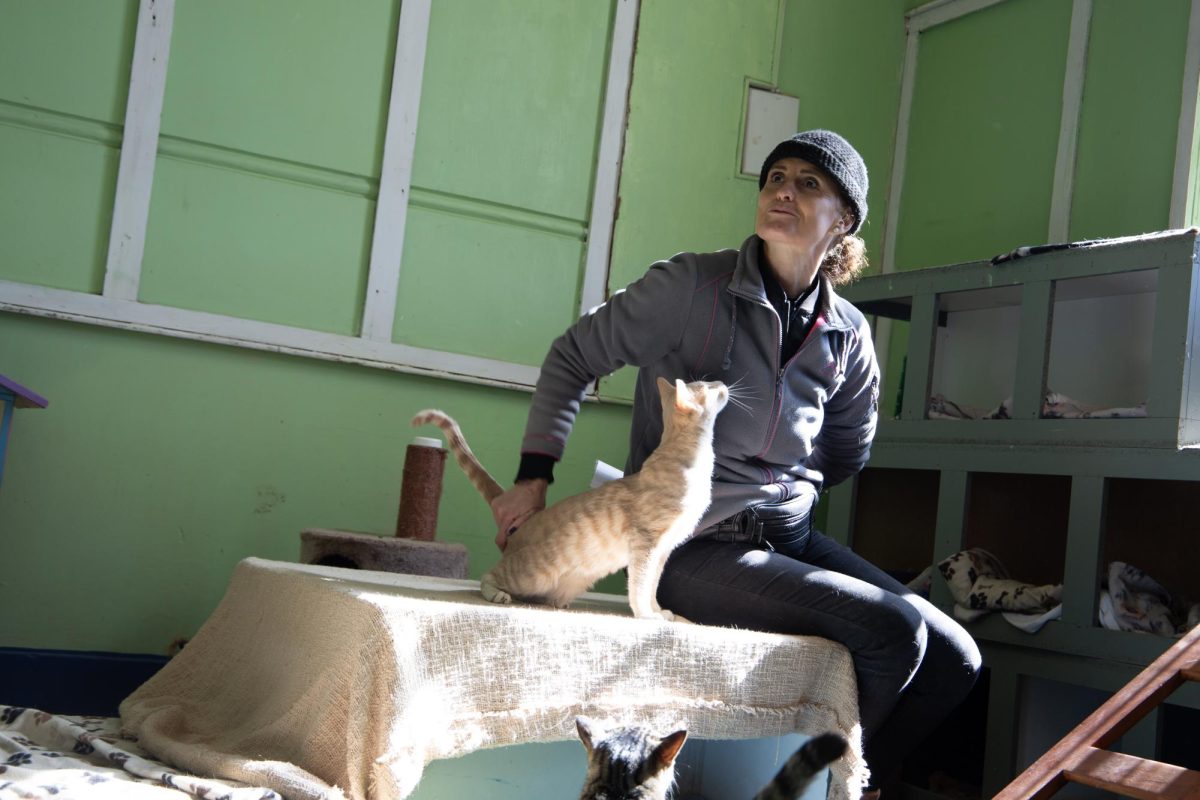Larger class sizes cause concern among faculty and students
University Provost Brice Wachterhauser, Ph.D., sent an email on March 6 to all faculty of the university outlining the guidelines for setting course enrollment limits for the fall.
For the 2014 fall semester, almost all class sizes will increase. For instance, according to the email, first year seminars will be set at a cap of 25 students per class, Craft of Language and writing intensive courses will be set at 22, history courses will be set at 35, and all lecture based courses for next year are not to drop below 30 students.
Additionally, all classes with less than 18 students enrolled will be reviewed by the respective dean, and all sections with eight students or less will be canceled unless it is a course that is necessary for students to graduate or complete degree work.
“My understanding that came from the senior administration is that we have to do this in order to address the financial issues of the university,” said Paul Kleschick, director of the registrar’s office.
Robert Moore, Ph.D., assistant professor of sociology and Faculty Senate president, reiterated Kleschick’s point, saying, “It’s a budgetary matter… one way to look at it is that the university is really seeking to maximize the work of professors and instructors.”
Kleschick explained that having 35 students per course is the highest physical capacity that the university classrooms could handle.
However, Claire Simmers, Ph.D., chair of the department of management, explained that these new changes are having more of an impact on the College of Arts and Sciences (CAS) than the Haub School of Business (HSB).
“[This is] simply because on the business side a lot of our business core courses are already 35 and above…we made that switch because of AACSB accreditation and coverage [and] we made that switch about a year or two ago.”
However, some members of the faculty are skeptical about having enough space. Robert Daniel, chair of the department of modern and classical languages, explained that even though the university once accommodated a large class size without the Maguire campus, it was manageable because there were more classroom spaces in buildings like Barbelin and the Science Center. After the purchase of the Maguire campus, however, many of those aforementioned classrooms were renovated and converted into other spaces.
“Despite the fact that we’ve expanded the campus, I’m not sure that we really have had a significant net gain in classrooms,” said Daniel. “A large number of classrooms [in Barbelin and the Science Center] have been turned into offices and other things…I am simply not convinced that we have a large enough number of large classrooms to accommodate all of the class- es and new caps.”
Another concern among faculty is that with an increased number of students in classes there will be less time for individualized teaching and concentration, and that the quality of instruction will decline as professors will have so much to do with little time.
Caroline Meline, Ph.D., adjunct professor of philosophy, expressed such a concern about Moral Foundations, a core course of the philosophy department.
“That’s a course that freshman are advised to take,” said Meline, “and it’s a very, very difficult course, so I am certainly concerned that individual students needing help with this difficult material… may not be able to get the kind of individualized attention that was possible with a smaller class size.”
Students also do not seem to be happy about the decision.
Kelly King, ’14, explained that as a biology major, she already has problems with the size of labs.
“I feel like even now, if you’re struggling in a lab,” commented King, “it’s hard to get help because there are so many kids, and increasing that will just make it worse.”
Currently, course loads for faculty operate under a 3:3 schedule, meaning that professors will teach three courses in the fall and three in the spring. Some faculty members are worried that they will have to take up more than three courses next fall due to the possibility that many adjuncts will not be return- ing.
Since there will be a consolidation of students and a reduced number of sections for each course, many adjuncts will not have classes to teach for next year.
“I don’t think that the goal is to eliminate adjuncts,” said Daniel. “Many people have said that that’s what they’re trying to do, [but] I think the goal is to have as many classes as possible at the lowest cost possible.”
In his email, Wachterhauser ex- plained that classes with less than eight students will be canceled unless it is determined that the class is necessary for students to graduate. In this case, the course will be run as a tutorial and professors will be compensated $500 to teach it. The course will not be considered part of their teaching load.
“So basically that would mean that I might have to teach an extra course,” said Daniel. “Some professors may have to teach four courses, for a teeny-tiny bit of overload, tutorial pay. And basically that means that in some departments there are some faculty who may have to teach a 4:3 or a 4:4.”
“We’re being basically forced to do it [teach tutorial courses],” said Smith, “because we don’t have any other way to run the course.”
Daniel went on to explain that initially, there was a possibility that he would have to cancel beginning level Russian and Japanese language courses, as there were so few students expected to register, something that has been a recent trend with the increased course caps. Since sections are being lessened, there is a decreased need for adjuncts to teach courses. Now, he is certain that beginning level Russian and Japanese courses will be on the schedule for next year; however, he is still uncertain about intermediate level courses.
When asked if they felt this was the right path to take in order to help the current situation of the university, there were conflicting views among the faculty.
“I think that those who are instituting these changes feel that it’s the right thing to do, that it’s the only thing to do. They have the greater good of the university at heart, I believe,” said Moore. “I think many of us on the faculty wish that we would have more input in these decisions which ultimately affect us academically, and that has not been the case, and that’s disappointing to many people.”
Smith, however, was more opposed.
“The most absurd thing of all to me is that they have decided that to get more money they’re going to bring in more students, but to save money, they’re going to reduce the number of sections. Those two things are incompatible…it’s nickeling and diming the students.”
“[But] in spite of all of this stuff go- ing on,” continued Moore, “I have not talked to a single faculty member who have said we won’t make this work for the students. That’s our job, we’re here for students, and so we’ll just do what needs to be done.”
Departments and heads are continuing to look at courses and the curriculum to see what can be accommodated.
University Provost Brice Wachterhauser, Ph.D., and Jeanne Brady, Interim Dean of the College of Arts and Sciences, were both unavailable for comment








































